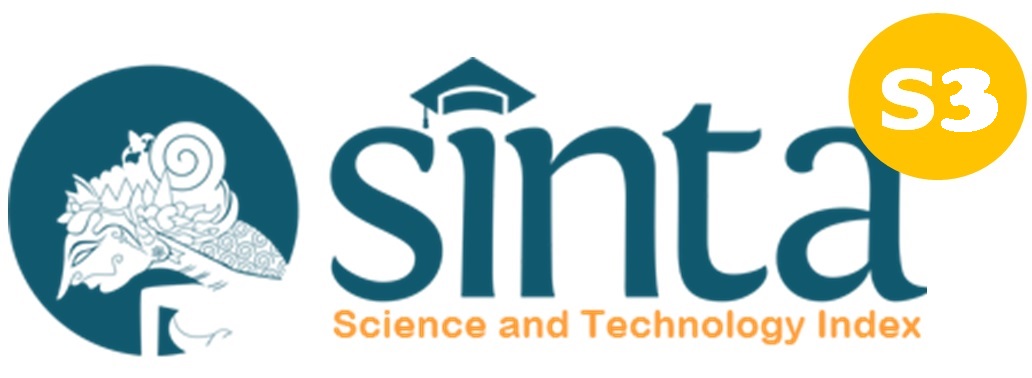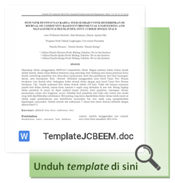Noise Pollution in Urban Areas : Measurement and Analysis of Traffic Noise Impacts on Health and Education Services in Bandung City
DOI:
https://doi.org/10.23969/jcbeem.v8i2.17478Keywords:
noise impact, noise measurement, traffic noiseAbstract
Traffic noise is a significant environmental issue in urban areas, adversely affecting public health and the quality of essential services. This study aims to evaluate the noise pollution levels at sensitive locations, consist of a health clinic and two schools in Bandung City, Indonesia. The research involves measuring noise levels, mapping their distribution, and analyzing the data. Measurements were conducted over four days using a smartphone application, Decibel X, to record noise levels every 5 seconds for 10-minute sessions across various times of the day. Simultaneously, vehicle counts were recorded to establish a correlation between traffic volume and noise levels. A questionnaire survey was administered to gather perceptions of noise impact from teachers, students, clinic staff, and patients. The findings revealed that noise levels at several points, particularly near busy roads, exceeded recommended standards, significantly disrupting concentration and causing physical symptoms such as headaches among respondents. Noise hotspots identified included Point1 and Point6, where average noise levels were consistently high, while Point4 and Point5 showed lower but more variable noise levels. To mitigate traffic noise, the study recommends a combination of installing noise barriers, creating green spaces, and enhancing building insulation. Regular noise monitoring and public awareness campaigns are essential for effective noise management and improving the quality of life in Bandung City.
Downloads
References
Boothe, V.L., and Baldauf, R. (2020). Traffic Emission Impacts on Child Health and Well-Being. Transport and Children’s Wellbeing, 119-147, https://doi.org/10.1016/B978-0-12-814694-1.00007-5.
Tangermann, L., Vienneau, D., Saucy, A., Hattendorf, J., Schaffer, B., Wunderli, J.M. and Roosi, M. (2023). The Association of Road Traffic Noise with Cognition in Adolescents: A Cohort Study in Switzerland. Environmental Research, 218, 115031, https://doi.org/10.1016/j.envres.2022.115031.
Brumm, H., Goymann, W., Derégnaucourt, S., Geberzahn, N., and Zollinger, S.A. (2021). Traffic Noise Disrupts Vocal Development and Suppresses Immune Function. Science Advances, 2(7): eabe2405.
Chatzilampri, G., and Stevens, F. (2022). Are Noisy Hospitals Making Us Sick? Frontiers for Young Minds. https://kids.frontiersin.org/articles/10.3389/frym.2021.704123, accessed July 2024.
Foraster, M., Esnaola, M., López-Vicente, M., Rivas, I., Alvarez-Pedrerol, M., Persavento, C., Sebastiàn-Gallés, N., Pujol, J., Dadvand, P., and Sunyer, J. (2022). Exposure to Road Traffic Noise and Cognitive Development in Schoolchildren in Barcelona, Spain: A Population-Based Cohort Study. PLOS Medicine, 19(6): e1004001 https://doi.org/10.1371/journal.pmed.1004001
Jadaan, K., Msallam, M., and Abu-Shanab, D.A. (2016). The Impact of Road Traffic Noise on Hospital Workers. Indian Journal of Science and Technology, 9(1):1-8.
Loupa, G. (2020). Influence of Noise on Patient Recovery. Current Pollution Reports, 6, 1-7. https://doi.org/10.1007/s40726-019-00134-3
Shukla, A., Tandel, B.N. (2024). Impact of Traffic Noise on the Teaching and Learning Process of School Environment. In: Dhamaniya, A., Chand, S., Ghosh, I. (eds) Recent Advances in Traffic Engineering. RATE 2022. Lecture Notes in Civil Engineering, 377. Springer, Singapore. https://doi.org/10.1007/978-981-99-4464-4_15.
Syaiful, S., Prayudyanto, M. N., Rulhendri, R., Lestari, P. A., Nabila, A. N., Damiana, S. L., & Haldiana, H. (2022). Vehicle Traffic Volume Analysis Due to Sound Generated In Front Of The RS. Hermina Bogor. ASTONJADRO, 11(2), 475–489. https://doi.org/10.32832/astonjadro.v11i2.7136.
Zhou, T., Wu, Y., Meng, Q., and Kang, J. (2020). Influence of the Acoustic Environment in Hospital Wards on Patient Physiological and Psychological Indices. Frontiers in Psychology, 11, 1600. https://doi.org/10.3389/fpsyg.2020.01600.














